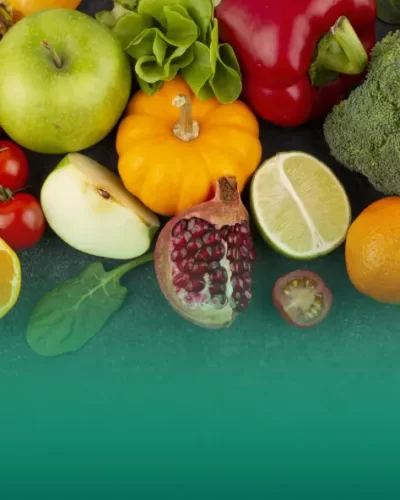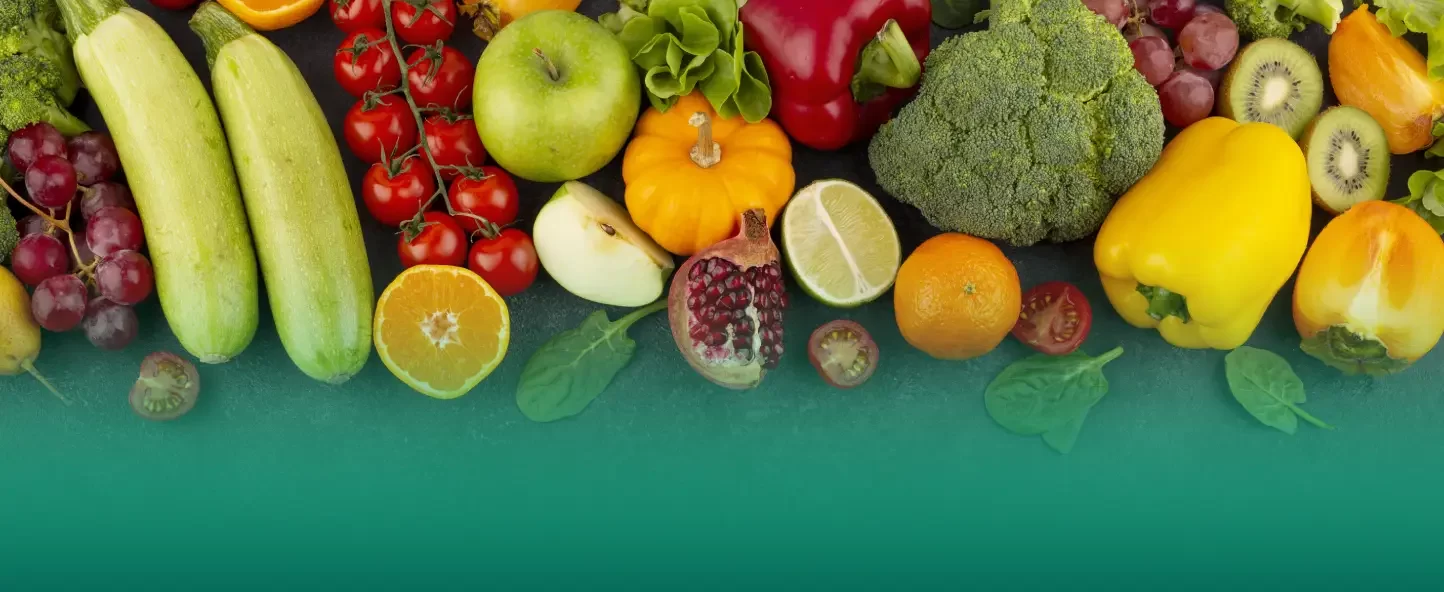How the taste affects the healthiness of fruits and vegetables?
It is true that some nutrients in fruits and vegetables contribute to their pleasant taste. For example, sugars and aromatic compounds can make fruits sweeter and more aromatic. However, it is impossible to say that tasty products are necessarily healthier than tasteless ones. The healthiness of fruits is determined not only by their taste, but also by their chemical composition. Fruits and vegetables contain fiber, vitamins, and other important components that contribute to health, regardless of their taste. Taste is a multifaceted indicator that is not always directly related to the nutritional value of a product.
How taste perception affects food choices?
Taste perception is associated with individual preferences and depends on the work of taste buds and smell. These receptors react to the content of sugars, acids, and aromatic compounds in a product. For example, sweet fruits contain more sugars and aromatic substances, which make them more pleasant to taste. The flavor of fruits and vegetables can vary depending on many factors, such as time of picking, storage conditions, and varieties.
Factors Affecting the Flavor of Fruits and Vegetables
- Picking Time and Seasonality: Seasonal produce tends to have a more pronounced flavor because it is picked when it is fully ripe. Produce that is picked before it is fully ripe for long-distance transportation may have a less intense flavor. For example, strawberries picked before they are fully ripe will be more sour than those picked when they are ripe.
- Storage Duration: The flavor of fruits and vegetables also changes depending on how long they are stored. For example, freshly picked broccoli may have a sweet taste that disappears with long-term storage, becoming bitter. Some of the nutrients and flavors may be destroyed during storage, which affects the flavor of the product.
- Breeding and Variety: In recent decades, breeding of fruits and vegetables has been aimed at increasing yield, resistance to pests and diseases, and the ability to withstand long-distance transportation and storage. As a result, some varieties have become less tasty, although in some cases, breeding has improved the taste, for example, by breeding sweeter varieties.
Comparison of taste and health benefits
Aromatic substances, which are responsible for the taste and smell of fruits and vegetables, make up only 0.001-0.01% of the fruit’s weight. These substances are formed from nutrients such as fatty acids and antioxidants, which partly reflect the content of nutrients in the product. However, the absence of a bright aroma does not necessarily mean that the fruit or vegetable does not contain nutrients.
Fiber, an important component for normalizing digestion and preventing diseases, does not significantly affect the taste and smell of products. It is present in both tasty and less tasty fruits. Other nutrients, such as water-soluble vitamins, can partially deteriorate during long-term storage, but fat-soluble vitamins and minerals remain more stable. Fiber and minerals are preserved even in stale fruits and vegetables, providing their nutritional value.
Consumption recommendations
To get the most benefit, it is recommended to choose seasonal vegetables and fruits that have just arrived on the market. However, if seasonal products are not available, it is important to include any vegetables and fruits in the diet, rather than exclude them. According to current recommendations, adults should consume about five servings of fruits and vegetables per day, which is about 400 grams.
Summary
It cannot be said unequivocally that tasty fruits and vegetables are always healthier than unpalatable ones. However, a pleasant taste can contribute to greater consumption of products, which has a positive effect on providing the body with essential vitamins and fiber. From this point of view, tasty fruits and vegetables can be healthier, since they are included in the diet more readily and in larger quantities.






